Lauren Bacall, By Myself
|
“The best things about Slim were her gift for total friendship, her original, inquiring mind, her great sense of fun, her willingness to accept her friends as they were without judging them. She never pushed, she just said what she thought—you could take it or leave it. She was loyal and she was funny.” Lauren Bacall, By Myself Image Credit: Slim: Memories of a Rich and Imperfect Life
0 Comments
“Never, never admit to anything when you’re married.”
Slim Keith, via Her Stepdaughter-in-Law, Fiona Lewis, Mistakes Were Made (Some in French) "Babe [Paley] became the best woman friend I've ever had. She possessed all the qualities that one looks for in a female friend—totally trustworthy, kind, thoughtful, and funny. I admired her more than any woman I've known, on every level. And I learned a tremendous amount from her about character, goodness, kindness, manners—hers were the best of anyone's—and taste." Slim Keith, Slim, Memories of a Rich and Imperfect Life Image Credit: Slim, Memories of a Rich and Imperfect Life
“Certainly Slim [Keith] did nothing in small measures. And those who, in a sense, signed on with her were treated to the full, upending blast of her personality—the stimulating, slightly bitchy conversation, the conscientious way she made guests in her home feel at ease (indeed, her wide knowledge of housekeeping), her fleecing humor, and the thoughtfulness of her gifts. You were never in any danger of having a dull time with Slim. She brought a good deal to life—just pure old-fashioned life.” Bill Blass, Bare Blass Image Credit: Bare Blass
“’Beautiful’ is the most misused word in the English language, next to ‘glamorous.’ Very hard to define. Goddamned elusive. In my book, to be beautiful a woman has to be more than beautiful—you know what I mean? She has to have this quality of glamour, which is also impossible to describe. A certain look in her eyes, a style—an awareness of her effect on people—the way she holds herself, moves, a sense of her own mystery. A blend of all those things.”
Leland Hayward, Haywire Which legendary actress, who first made a name for herself in film noir, once ran into Kathleen Turner at a party and quipped, “Oh, you’re the young me.”
HINT: The actress who made this comment to Kathleen Turner was, in the mid-1940s, the "young" Slim Keith (then Slim Hawks). The answer is after the JUMP. “I thought it would be great fun for a woman to have her hair dried under a paisley tent, her fingertips manicured on a Porthault pillow, her hair curled by the light of a palm-tree lamp, as she sits in a lacquered bamboo chair. Apparently it is indeed fun; I’m told a woman will keep dentists and dinner dates waiting before she’ll miss an appointment at Kenneth’s.” Billy Baldwin, on His Design of Kenneth's Hair Salon, Billy Baldwin Decorates Billy Baldwin's exotic design of the famed New York hair salon owned by Kenneth Battelle was widely praised, but there were of course detractors. One client uttered in horror, "I'm getting out of here! It looks like a brothel." After she fled the salon, Kenneth pondered how she knew what one looked like, inquiring, "Do you suppose she's been in one before?" Kenneth and his salon reached their apogee in the days leading up to Truman Capote's 1966 Black and White Ball. Katharine Graham, Capote's guest of honor, was but one of many partygoers who sat under Kenneth's dryer to prepare for the party. The others in Kenneth's appointment book that day comprised a Who's Who of New York society, including both the former Mrs. Leland Hayward (Slim Keith) and the then-current one (Pamela Harriman). Kudos to the scheduler who timed those departures and arrivals. Yet, that was nothing new for the salon. Kenneth was accustomed to such matters. During the Kennedy administration, he styled the hair of both Jacqueline Kennedy and her husband's occasional paramour, Marilyn Monroe. Jacqueline Kennedy Onassis began with Kenneth before the White House years and stayed long after. Kenneth even traveled to Washington to groom her the day of that fateful trip to Texas in November 1963. He was with her for happier moments as well. In 1986, he was the hairdresser for Caroline Kennedy's wedding to Ed Schlossberg. Kathy McKeon, personal assistant to Jacqueline Kennedy Onassis, wrote in Jackie's Girl: My Life with the Kennedy Family that Kenneth woke up extra early to style even her hair before moving on to Caroline's bridal party. It was a magnanimous gesture on his part, and an amusing experience for McKeon. When he was shampooing her, Kenneth muttered, "Oh, you sexy bitch." McKeon was left to wonder, "Was this how [Mrs. Onassis's] shampoos went all those years?" When Kenneth died at the age of eighty-six in 2013, his library included warmly inscribed books from grateful clients. Three such examples are currently on offer at the Nick Harvill Libraries store: The World of Gloria Vanderbilt signed by Gloria Vanderbilt, Allure signed by Diana Vreeland, and Tiffany Taste signed by that book's editor, Jacqueline Kennedy Onassis. Note: The photograph of Marilyn Monroe by Cecil Beaton (above) was included in Diana Vreeland's coffee table book, Allure. Jacqueline Kennedy Onassis was that book's editor. It says much about Mrs. Onassis's character that she did not use her power to remove this photograph of her husband's volatile mistress. Moreover, Maria Callas is included as well (Callas was the mistress of the former first lady's second husband, Aristotle Onassis). Bravo, Jackie O! Image Credit: Billy Baldwin Decorates, Personal History, The Kennedy White House Parties, and Allure
Babe Paley Talks, Or Does She?“Style is the ultimate mode of autobiography.” Iké Udé, Style File, The World's Most Elegantly Dressed Given the inherent bias in reporting one’s own life, Iké Udé might be correct in asserting that style is the most authentic form of self-revelation. There is a problem with that, however. Once a person’s public image becomes as legendary as Babe Paley’s, sooner or later someone will invent words to accompany that image. That is what author Melanie Benjamin has done with Babe Paley in the novel The Swans of Fifth Avenue. She portrays Babe as kindhearted as she is lovely. Beneath the couture wardrobe and the impeccable manners, however, is a desperate and isolated woman: a tragic figure. The Swans of Fifth Avenue version of Babe Paley is a recluse in plain sight whose emotional camouflage is a thin-but-impenetrable veneer of perfection. From Swans, “[Babe] was lonely in her own home, in her own bed—in her own skin—and she couldn’t tell a soul. ‘Don’t air your dirty laundry outside the family,’ Mother had said a million times.” This interpretation is not without foundation. Friends hinted at it. Vogue editor Babs Simpson described Babe thusly, “Extraordinary skin, beautiful hair, beautiful figure, and dressed better than anybody I have ever seen. She was fun and lively and cozy and I think probably quite a lonely person.” Alas, it would be divine if women of great style like Babe Paley were as perfect in their happiness as they were in everything else. Sadly, the truth is that the road traveled by a perfectionist is often tortuous and lonely, and so it seems to have been for Babe. Moreover, Babe lacked the hard shell that is as useful in Manhattan society as an armored tank in battle. Cattiness is a shield of sorts, but Babe’s only criticisms were reserved for herself. By all accounts, she rarely, if ever, spoke an unkind word about anyone. Instead, her main defense in the world was a vigorous offense—a strenuous (and ultimately exhausting) commitment to beauty and perfection. Truman Capote quipped, “Mrs. P. had only one fault. She was perfect; otherwise, she was perfect.” If Babe’s meticulousness was indeed her only fault, it is an intriguing one, nearly as beguiling as the half-smile of the Mona Lisa. The Truman character in Swans is the absurd knight in shining armor that rescues Babe from the prison she created for herself. This Truman is so intelligent, so audacious that he effortlessly shatters her defense mechanisms. Only with him, Babe sheds her dignity and becomes the giddy schoolgirl her domineering mother Gogsie never permitted her to be. The book dares to imagine what Babe was thinking: “Truman is a real friend, the only one who has ever talked to you like this. The only one who cares enough to tell you the truth. The only one who wants to see the past surface. This moment is important. It is the template for the rest of your life. Don’t run away from it.” Swans even speculates that Babe desired a sexual relationship with her new friend. That sounds ridiculous, but this was early Truman Capote, years before he was bloated by alcoholism and drug addiction. In those days, he was odd-looking but also strangely beautiful. It was as if Truman was an alien and represented the height of attractiveness on a faraway planet. Also, his effeminate voice contradicted how strong he actually was. Yes, he famously bested Humphrey Bogart at arm-wrestling. It was more than that, though. He was mentally tough. Truman would stand up to anyone, but he was also confident enough to understand when it was expedient to yield. It was a powerful combination, and it was part of his charm. He could be cheeky and subservient all in the same breath. Society A-Listers like Babe and Bill Paley found it irresistible. It is unclear Babe had as deep of an emotional bond with Truman as Swans of Fifth Avenue suggests. They were certainly close, and he had the nerve to broach subjects no one else would dare. Yet even with him, there might have been conversations that would not have come easily to someone as reserved as Babe Paley. Moreover, the actual Babe had other confidants, including a school chum who lived in upstate New York. That friend, removed from society’s glare, might have been the sort of person whom Babe felt she could trust just as much, if not more, than the court jester of her social set. Thus far, the best reference source for what Babe Paley actually said and thought is Sally Bedell Smith’s In All His Glory, The Life of William S. Paley. Though Bill is the main subject, the book covers Babe in considerable detail. It includes interviews with friends like Irene Mayer Selznick, Slim Keith, Marietta Tree, Susan Mary Alsop, and Diana Vreeland. Babe’s daughter Amanda Burden and sister Betsey Whitney were also interviewed. From this and a few other sources, a less forlorn portrait of Babe Paley emerges. In Swans, the fictional Babe despairs over Truman’s betrayal, which she regards as, “The loss of trust, the loss of joy; the loss of herself.” The book has Babe essentially retreat from the world and into her deathbed, where she succumbs to terminal cancer while lamenting the loss of her only true friend. It makes for a poignant scene in a novel, but as is usually the case, actual life is more nuanced. Babe maintained an active social life until nearly the end. In the summer of 1977, Andy Warhol spotted her at a star-studded soiree at the Dakota attended by everyone from Jacqueline Onassis to Sue Mengers. And, when she was too ill to leave her apartment, society visited her there. According to Bedell Smith, “A stream of friends came to see her.” Well-wishers included not only intimates like Slim Keith but also such remote acquaintances as Robert Rauschenberg and Joan Didion. Just as importantly, Babe’s children stepped in to fill the vacuum in her life created by Truman’s departure. Babe had always been close with her eldest son Tony Mortimer, but prior to her illness, a demanding Bill curtailed their time together. When she became bedridden, Tony would visit twice per day, presumably without objection from a distraught Bill who at last took his wife’s feelings into account. Babe also became closer with Amanda, the eldest daughter that was in some ways like her. Babe’s full-time job as the wife of Mrs. William S. Paley long overshadowed her ability to be as nurturing a mother as Amanda might have hoped. Amanda told Sally Bedell Smith that in Babe’s final months, all the years of benign neglect and social rivalry melted away. Babe and Amanda at last connected. Swans ignores this cathartic event, preferring its more tragic version of Babe. This Babe suffered in silence, dwelling upon the lost friendship with Truman. One reason Truman’s betrayal might not have affected Babe as deeply as Swans of Fifth Avenue imagines is that her friendship with Truman was likely already in decline. “La Côte Basque, 1965” might have been merely the point of no return in a relationship past its prime. By 1975, Truman was a decade into self-immolation by drugs and drink. Babe might well have concluded her friendship with Truman had “jumped the shark,” if 1) that idiom had then been coined; and 2) the 1970s sitcom that inspired the expression had aired on Bill’s CBS rather than a rival network. Truman had begun to disturb Babe and his other Swans by bringing along rough trade as dates to their elegant soirees and yachting excursions. Moreover, his very public feuds were an embarrassment—they went against everything for which the Paleys stood. There is a telling episode in Swans in which Babe grimaces as she watches Truman on national television telling Johnny Carson that his nemesis, Jacqueline Susann, resembled a truck driver in drag. Could it be that even camouflaged by Babe’s perfect manners, Truman sensed that she was beginning to pull away from him? Also, Babe had already been diagnosed with the lung cancer that would ultimately cause her death. Truman had been repeatedly abandoned in childhood by the mother whom he had adored and who committed suicide when he was a young man. This psychological baggage might have driven Truman to end the friendship with Babe before she or her death could. In early drafts of “La Côte Basque,” it was a character based upon Averell Harriman that frantically scrubbed sex-stained sheets prior to his wife’s return home. Only later did Truman graft the story onto Bill Paley, to whom, by many accounts, the episode actually happened. What precipitated the change? Was it Truman’s realization that his friendship with the Paleys would soon unravel? After the scandal of “La Côte Basque” broke, Truman explained that his purpose was not to hurt Babe but to protect her. Such a protestation is lunacy from the friend who claimed he knew her better than anyone else. He must have must have realized how deeply she, of all his Swans, valued her privacy. Babe obviously had no choice but to end their friendship. Not only did Bill demand it, but the ghost of her mother as well. Even so, might not Truman have inadvertently done Babe a favor by unshackling her from the myth she and Bill created? If self-awareness is one of life’s purposes, then it could have been a necessary step for her. Intimates report that in Babe’s last days, she no longer treated Bill with the cheerful subservience that had so long characterized their marriage. Might Truman’s public revelation of Bill’s infidelity have at long last set Babe free? In her final years, Babe began to consider what else she might have done with her life, which, though painful, might also have been healing. Her mother raised her to be the wife to a rich man, and in that, she was a tremendous success. She seems to have finally realized that the creativity and perfectionism required to become Mrs. William S. Paley would have served her just as well had she pursued a career. Might this have been an epiphany that Truman's betrayal helped along? On many levels Swans of Fifth Avenue is a success. Its flaw is the occasionally mawkish portrayal of Babe Paley. Yet it is also sympathetic to her. In today’s more liberated environment, it is easy to disregard how different things were for women from Babe’s generation whose ambitions were domesticated at an early age by parents like Babe’s mother Gogsie. Books like Swans serve to remind us. Moreover, the book sheds light upon a glamorous but hard-edged time in New York society, and how challenging it must have been for a kind and sensitive person like Babe Paley to scale its heights. Epilogue: If Babe Paley Talks, Where?AUTOBIOGRAPHY AND CORRESPONDENCE Unlike many of her counterparts in English society, Babe left behind minimal paper trail. Consider Lady Diana Cooper, for example. She penned three volumes of memoirs. Moreover, just as many collections of her letters have been published. Babe Paley left no memoir, but she was a letter writer. Her correspondents included Truman, of course, but also friends such as Marietta Tree and Irene Mayer Selznick. Her letters to Marietta are part of the Marietta Tree archive at Harvard University’s Schlesinger Library. The letters to Capote have never surfaced. The location of his to her is also a mystery. No such correspondence was included in Too Brief a Treat: The Letters of Truman Capote. However, his missives to others in that book confirm that such letters were written. If sufficient correspondence still exists, perhaps one day it will be published or find its way into an archive? VIA TRUMAN As we have noted in previous posts, Truman should not be considered a reliable witness. On a good day, his accounts were marred by exaggeration. On a bad one, they were complete fabrications. One exception to this rule is the scandal he called “Topic A” in café society: the breakup of Leland and Slim Hayward’s marriage as result of Leland’s love affair with Pamela Churchill. From Truman’s letters in Too Brief a Treat, we know that loyal Babe took her friend Slim’s side, rupturing the united front long maintained by the three Cushing sisters. According to Truman, middle sister Betsey was firmly in Pamela’s camp, “so grateful is she that the threat to her own happy home has been removed.” [Betsey feared her husband Jock and Pamela might rekindle their wartime love affair.] IN SLIM’S MEMOIR In her book, Slim, Memories of a Rich and Imperfect Life, Slim Keith chose to ignore that Babe inexplicably snubbed her in her will. [Though supposedly Babe’s closest friend, Slim received a relatively minor bauble.] Slim focuses on the positive. She writes, “Babe became the best woman friend I’ve ever had. She possessed all the qualities that one looks for in a female friend—totally trustworthy, kind, thoughtful, funny. I admired her more than any woman I’ve known, on every level. And I learned a tremendous amount from her about character, goodness, kindness, manners—hers were the best of anyone’s—and taste.”
THROUGH THE WILLIAM S. PALEY BIOGRAPHY Sally Bedell Smith convinced an astonishing number of press-shy individuals to go on record for her book In All His Glory, The Life of William S. Paley. It remains the best source for peeling away the various public and private layers that shroud Babe Paley in mystery. She was a complex character: renowned for her kindness but by all accounts, even her own, a negligent parent. The only source that adequately deconstructs this paradox is the Bedell Smith book. VIA HER DAUGHTER AMANDA BURDEN Amanda is one of the most intriguing of those who agreed to be interviewed by Sally Bedell Smith. In many ways, Amanda was much like Babe, even becoming her rival in society when she married Carter Burden (who revered and sought to emulate Bill Paley). Even with much in common, the mother and daughter were distant until the final three months of Babe’s life. In sharp contrast to her own domineering mother, Babe was a remote parent. Might this have ultimately been helpful? Amanda was able to live her own life rather than conform to the blueprint established by her social climbing Cushing grandmother. Like Babe, Amanda had a knack for beauty and perfection, but she ultimately channeled it into a remarkable career, serving as New York City’s Planning Director in the Mayor Bloomberg Administration. GOOD NIGHT, AND GOOD LUCK: BABE’S PROFILE IN COURAGE Babe Paley had one moment that will endure in the historical record. In 1954, when CBS’s star anchor Edward R. Morrow courageously eviscerated Senator Joseph McCarthy and his self-serving witch-hunt for Communists, Babe and Bill watched the broadcast with Leland and Slim Hayward in the Paleys’ suite at the St. Regis. At the show’s end, it was Babe, not Bill, who telephoned Murrow and told him “how good the program was.” A cautious Bill held back in case the public happened to take McCarthy’s side over Murrow’s, requiring Bill to disavow his star broadcaster. OF COURSE, IN STYLE Babe’s taste in clothes and home decoration transcended any one designer. To be certain that her homes left her imprimatur rather than that of a leading tastemaker, Babe hired multiple design firms for the same project. Parish Hadley, Jansen, and Billy Baldwin all worked on the Paleys’ twenty-room apartment at 820 Fifth Avenue. [Check out Babe and Bill Paley’s 820 Fifth Avenue home in this Wall Street Journal profile.] TRUMAN’S EPITATH Though he dared not show his face at her funeral, the fictional Truman in Swans of Fifth Avenue privately eulogizes Babe. His words best sum up the extraordinary character and discipline without which there would have been no Babe Paley: “For despite her protests, [Babe] had reveled in her image, had worked hard at it, harder than he had ever worked on a book in his life. Every minute of every hour of every day was spent cultivating her style, perpetuating the myth.” Image Credits: the Cecil Beaton photograph of Babe Paley is from The Fifties in Vogue; the photograph of Truman Capote and Babe Paley by Gloria Braggiotti Etting is from By the Way: Photographs; the photograph of Carter and Amanda Burden by Horst P. Horst is from Vogue's Book of Houses, Gardens, People; the photograph of Slim and Leland Hayward and the snapshot of Babe Paley just below it are from Slim, Memories of a Rich and Imperfect Life; and the photograph of Babe Paley by John Rawlings is from The World in Vogue.
Meet the Devil: Truman Capote and the William S. Paleys“Whether Truman spoke the truth or not, I haven’t a clue and I didn’t care. He was a very good conversationalist.” Loel Guinness, Truman Capote in which Various Friends, Enemies, Acquaintances, and Detractors Recall His Turbulent Career Melanie Benjamin’s recently released novel The Swans of Fifth Avenue opens with the oft-told but unreliable account of how Truman Capote met his best friends Bill and Babe Paley in January 1955. Truman Streckfus Persons Capote … showed up one day on William S. and Babe Paley’s private plane, a tagalong guest of their good friends Jennifer Jones and David O. Selznick. Bill Paley, the chairman and found of CBS, had gaped at the slender young fawn with the big blue eyes and funny voice; ‘I thought you meant President Truman,’ he’d hissed to David. It is a marvelous tale, and if factual, a hilarious case of mistaken identity. But, is it true? The Swans of Fifth Avenue is, after all, a novel with limited obligation to fact. The book is a story of friendship gone awry: how Truman Capote met and charmed the Beautiful People and then betrayed them nearly as badly as he betrayed himself. Truman’s friendship with Babe and Bill Paley is the emotional center of the novel, but on its perimeter are others in their circle, including most notably Slim Keith but also Pamela Harriman, Gloria Guinness, Marella Agnelli, and C.Z. Guest. Under the cloak of fictionalization, it delves into the psychology of its subjects in a way that biography rarely does. However, as it is fiction, there was no need to authenticate Truman’s meet-cute story with the Paleys. Yet, this tale regarding Truman’s identity exists in nonfiction as well. Gerald Clarke’s well-regarded biography, Capote, relates much the same story. Truman becomes acquainted with producer David Selznick and his actress wife Jennifer Jones through film work, including John Huston’s Beat the Devil for which Capote wrote the screenplay. In January 1955, the Selznicks are invited to fly on the Paleys’ private plane with them to their vacation home in Jamaica. David Selznick inquires whether Truman might come along. Bill Paley replies, “It would be an honor.” Then, when Truman boards the plane, Paley whispers to Selznick, “I assumed you meant Harry Truman. Who is this? Is it plausible the Paleys assumed it would be former president Harry S. Truman, two years out of office, who would be boarding the plane? We think not. Let’s examine the evidence. The Credibility of the Source Truman Capote was a great stylist and raconteur. Effect mattered far more to him than the actual truth. That he said or wrote something makes it no more or less likely that it was true. To friends he once wrote, “not that I mind inventing details, as you will see,” which might be the most honest statement he ever made. The Improbability of the Supposed Invitee In 1955, President Truman was not only outside of café society, he could barely afford a cup of coffee. He was certainly not the prototype for presidents who came after him, all too willing to hitch a ride on the private plane of any affable billionaire who makes the offer. President Truman rejected all corporate proposals, believing it would besmirch the office of the presidency. Instead, he returned to Missouri to live in reduced circumstances. His only regular income was a $112.56 per month army pension (presidential pensions had not yet been approved by Congress). Alas, Harry Truman was so outside of the Paley’s social world that he would have made an awkward and unlikely guest for the Paleys. The Absence of Follow-Up Questions After David Selznick inquires whether Truman might accompany them, it is difficult to imagine that Paley would have simply left it at that without further comment or question. For starters, he might have queried, “Will Mrs. Truman be coming along as well?” And, if the answer was affirmative, imagine the très chic Babe lounging poolside for a week with Truman’s salt-of-the-earth wife Bess. Of course, kind and well-mannered Babe would have worked tirelessly to make it all seem perfectly natural should she have found herself in that position (Slim Keith or Gloria Guinness, not so much). Bill Paley Already Knew President Truman As Sally Bedell Smith details in her biography In All His Glory, The Life of William S. Paley, Paley’s lieutenant at CBS Frank Stanton arranged a meeting between President Truman and Bill Paley five years earlier in 1950. It resulted in Paley’s appointment to head the President’s Materials Policy Commission in which he took a six-month leave of absence from CBS that ultimately stretched into eighteen. President Truman would not have been a stranger to him. Moreover, Bedell Smith evidently did not believe the story to be credible. In her biography of Paley, she omits the mistaken identity tangent, noting only that Capote “befriended the Paleys in a January 1955 trip to Jamaica.” Truman Capote Was Already in the Paleys' Circle Babe Paley’s closest friend Slim Keith writes in her memoir Slim, Memories of a Rich and Imperfect Life that she first met Capote in the early 1950s at a party hosted by Diana Vreeland. It is possible that Babe met Truman at the same party, or if not then most likely shortly thereafter. This aligns with the recollections of Truman’s publisher Bennett Cerf who says that Truman met Mrs. Paley through friends. “Babe immediately invited him somewhere they were going. When Bill Paley met Truman for the first time, he reacted like a lot of men do. He was rather startled by this strange little fellow, but it took Truman about three hours to make Bill Paley his life-long friend and admirer.” [Note: Cerf’s comments were recorded prior to Capote’s famous falling out with the Paleys after the 1975 publication of “La Côte Basque”.] Mistaken Identity with the Former President Was a Recurring Theme for Capote The Jamaican holiday was not the only case in which Capote claimed he was mistaken for the former president. If Capote is to be believed, even the newly elected John F. Kennedy experienced difficulty distinguishing the two. In a November 24, 1960 letter to Alvin and Marie Dewey (friends Capote made in Kansas while working on In Cold Blood), he writes, “Sent a congratulatory telegram to the Kennedys, and recvd. a reply from Jackie who said that at first they thought it was from Harry Truman until they realized a) Harry wasn’t in Switzerland, and B) wouldn’t have signed it ‘love and hugs.’ Ha!” It seems as if the mistaken identity gambit was a set piece to be edited and re-edited as Capote saw fit. Capote’s Own Contemporaneous Account Omits the Anecdote In a February 7, 1955 letter to his frenemy Cecil Beaton, Truman writes simply, “I went to Jamaica with the [William] Paleys for a holiday, which was pleasant but did not last long enough.” Based upon all the above evidence, it seems as though the Paleys knew exactly the Truman who would be boarding their private plane that January day in 1955. Of course, after the publication of “La Côte Basque” in 1975, they might have regretted it had not been the former president. Image Credits: the photographs by Slim Aarons are from A Wonderful Time; the photograph by William S. Paley is from The Original Bill Paley; and the photograph by Leland Hayward is from Slim, Memories of a Rich and Imperfect Life.
“I have always been intrigued by the kind of people who call their lawyers before they call the police after a murder. It is a rich-people thing.” Dominick Dunne Who says Americans do not have second acts? In his first one, Dominick Dunne was a minor player in the entertainment industry but a major firmament on the Hollywood social scene, hosting and attending the most talked-about parties in Beverly Hills, circa the super-glam 1960s. However, that was mere prologue to his second act. He returned to New York in the 1980s and became a star journalist for Vanity Fair, reporting on crimes committed by the rich and famous. He also moonlighted as a novelist, fictionalizing the sensational murders he wrote about in Vanity Fair. Dominick Dunne’s The Way We Live Then chronicles his Beverly Hills years. It is the closest Dunne came to writing his memoirs (though in his swan song novel--Too Much Money—he is clearly the narrator Gus Bailey). The home he shared with wife Lenny and three children became a hub for a glittering but cultivated Hollywood set. Regulars included Natalie Wood, Billy and Audrey Wilder, Jennifer Jones, Roddy McDowall, and the agent Freddie Fields. Occasionally their circle expanded to include Ronald and Nancy Reagan, Cecil Beaton, Princess Margaret, Lauren Bacall, Jane Fonda, Paul Newman and many others. Filled with black & white photographs, most shot by Dunne, the book offers the imagery one expects from a coffee table book but is smaller, making it easy to pick up and read the text. Dominick and Lenny Dunne defied the primary rule of the entertainment industry. Generally in Hollywood, one’s popularity is directly proportional to one’s box office. Not so the Dunnes. His C-List career miraculously translated into an A-List social life. Perhaps that was because they gave such memorable parties. In fact, their most celebrated was a formal dance in which the ladies were requested to dress in black or white. Truman Capote attended and then copied the theme for his famed Black and White Ball to which the Dunnes were not invited. Dunne was the master of the society roman à clef. His novel People Like Us covered the excesses of Manhattan's Nouvelle Society. The book created a stir when both the old guard and the social climbers caught on that Dunne had pilfered from their lives to create the book's memorable characters. There is no doubt Glenn Bernbaum, of Mortimer’s fame, was the model for Chick. Chick was proprietor of Clarence’s, the society restaurant where the characters regularly dined. Nick Harvill Libraries acquired (and quickly sold) Bernbaum’s copy of People Like Us. In it, Dunne warmly inscribed, “For Glenn, aka Chick, there’s not too many people like you around, with great affection, Dominick Dunne, June 20, 1988.” Occasionally books from Dominick Dunne’s own library appear on the resale market. They are noted with a “From the Estate of Dominick Dunne” stamp. One such book is currently available from Nick Harvill Libraries. It is Slim Keith’s memoir Slim, Memories of a Rich and Imperfect Life. Sadly, Slim died prior to its publication, but this copy is signed to Dunne by the book’s co-writer who was a colleague at Vanity Fair. It is warmly inscribed, “For Dominick, The godfather, guru, and all-time chronicler of rich & imperfect lives. All my love, Annette.” In 2012, Nick Harvill Libraries sold a copy of The Way We Lived Then in which a program from Dominick Dunne’s memorial service was laid in. His Vanity Fair boss Tina Brown was one of the speakers. How great it would have been to witness her eulogize one of the journalists with whom she captured the zeitgeist of go-go 1980s.
|
|

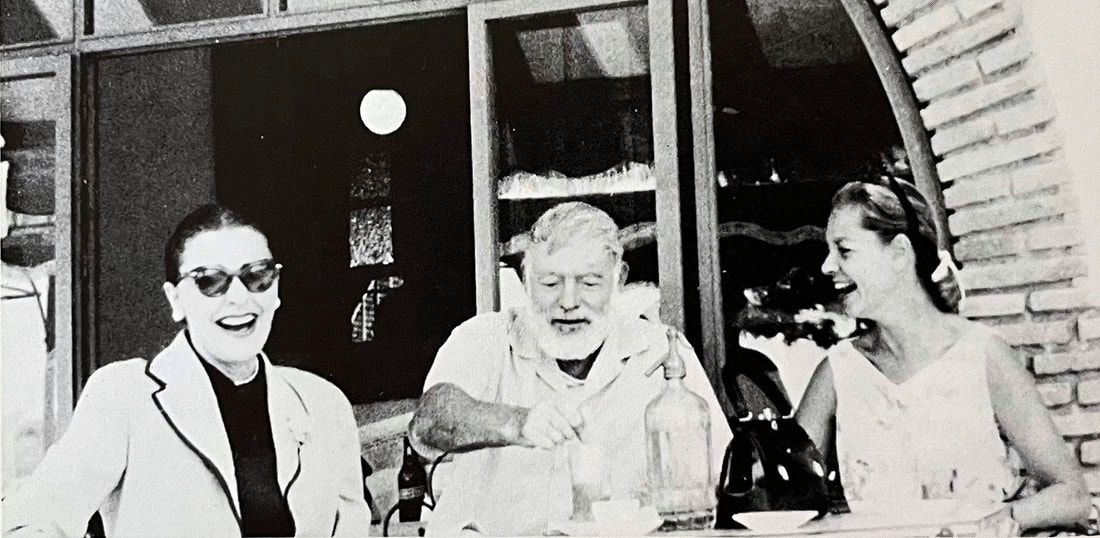
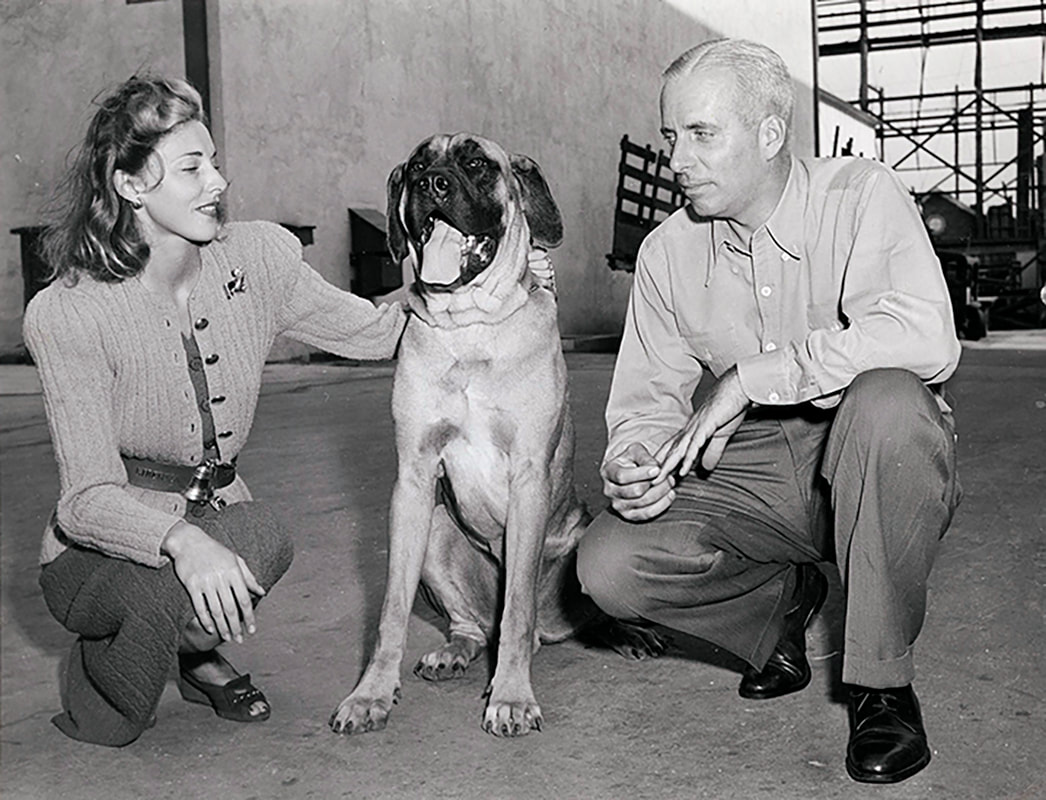
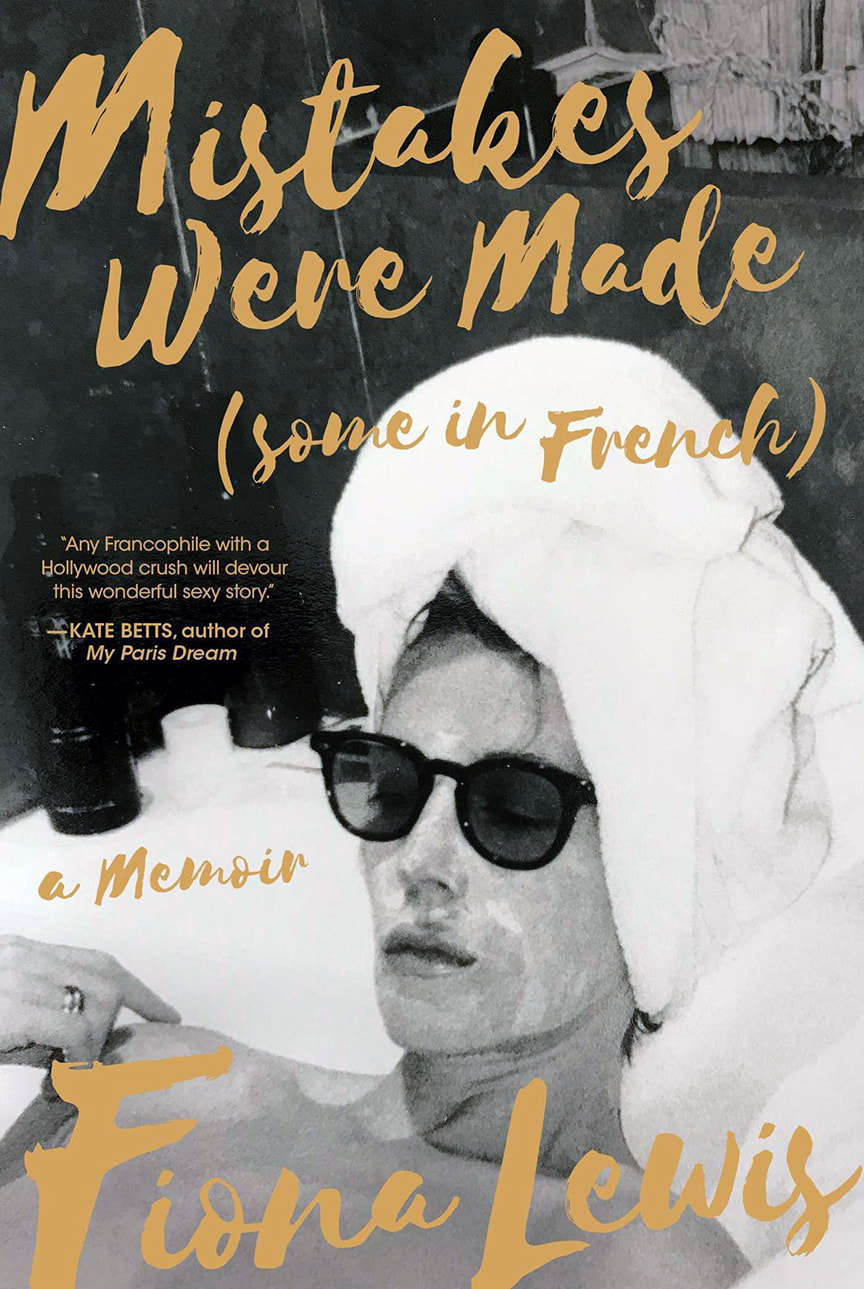
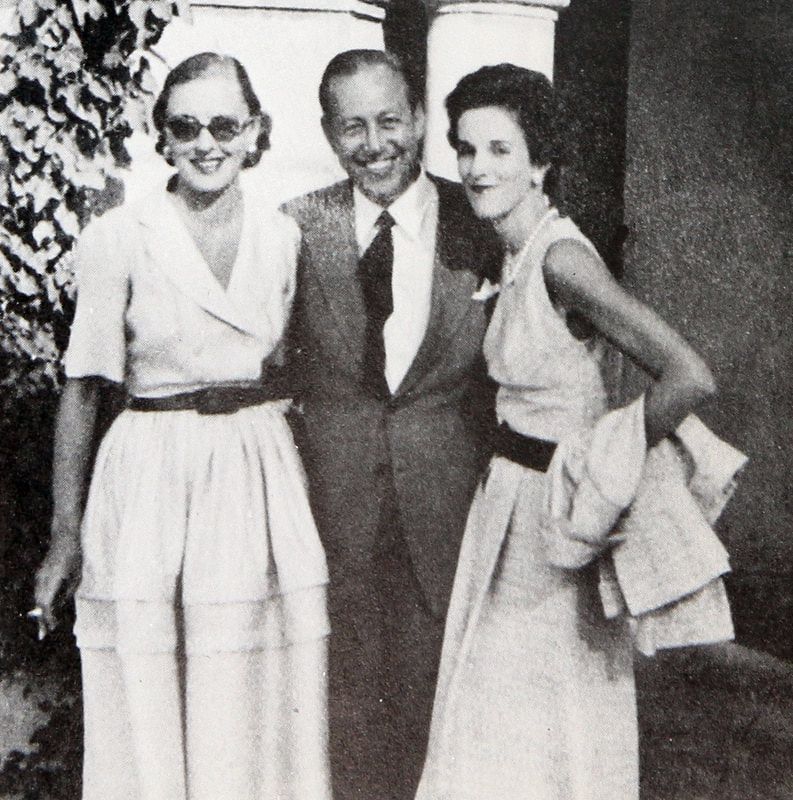
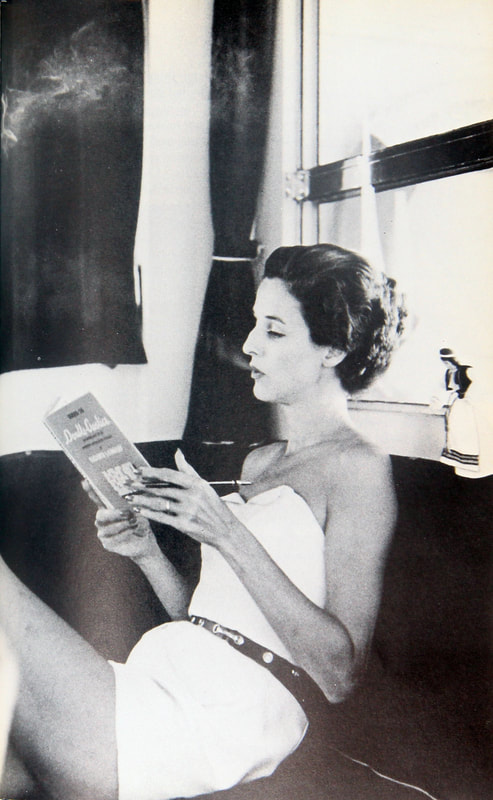
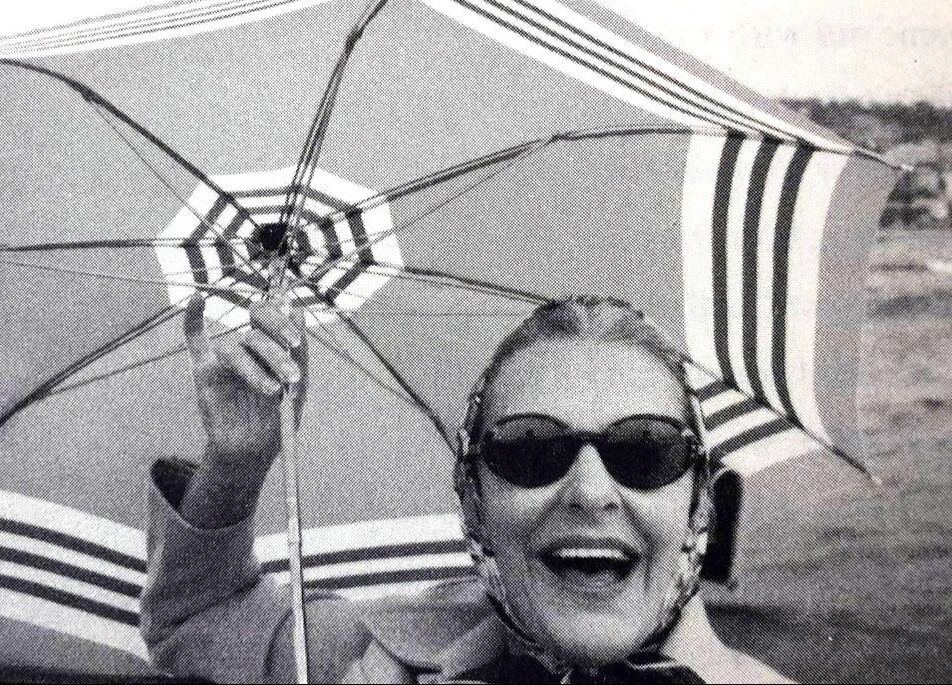
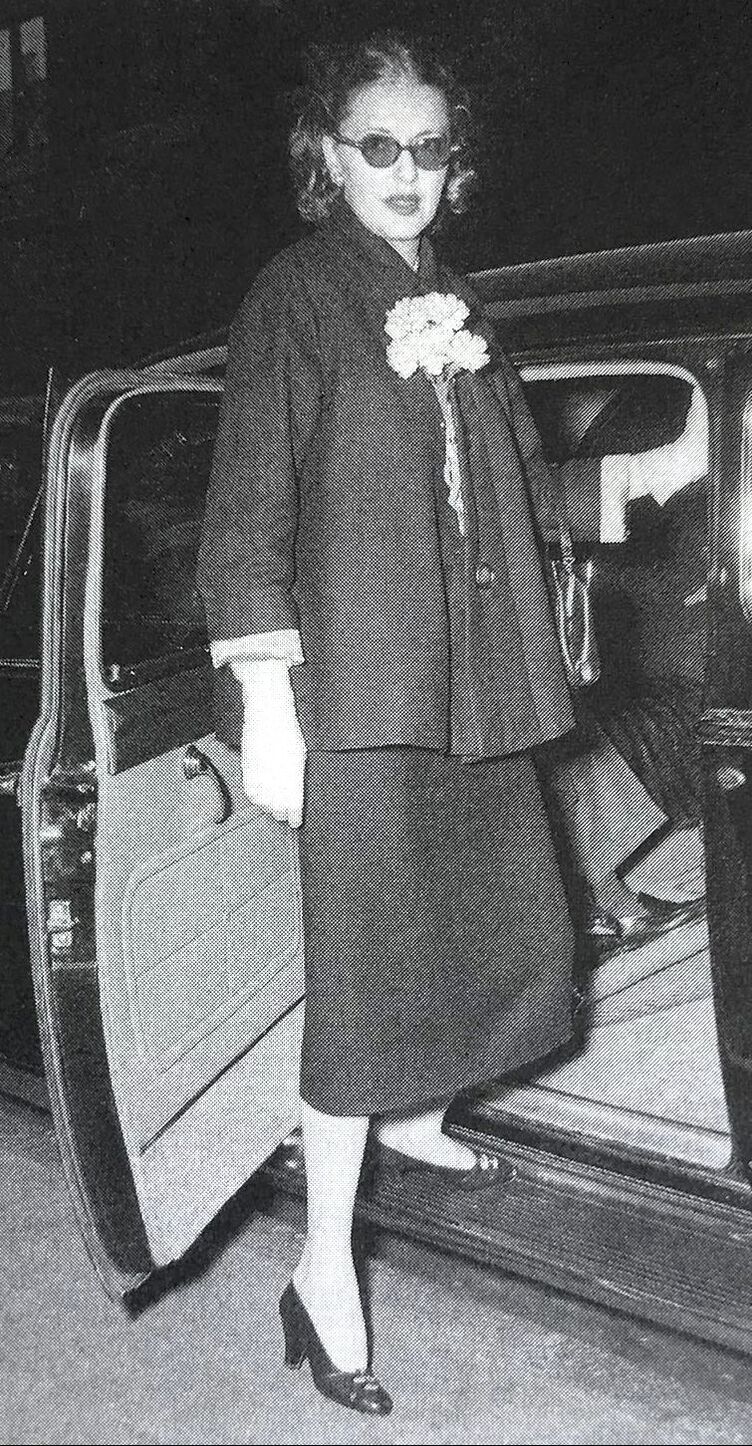
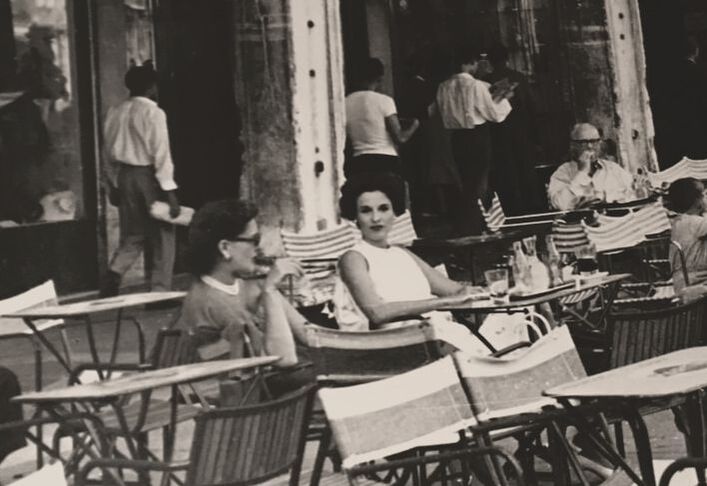
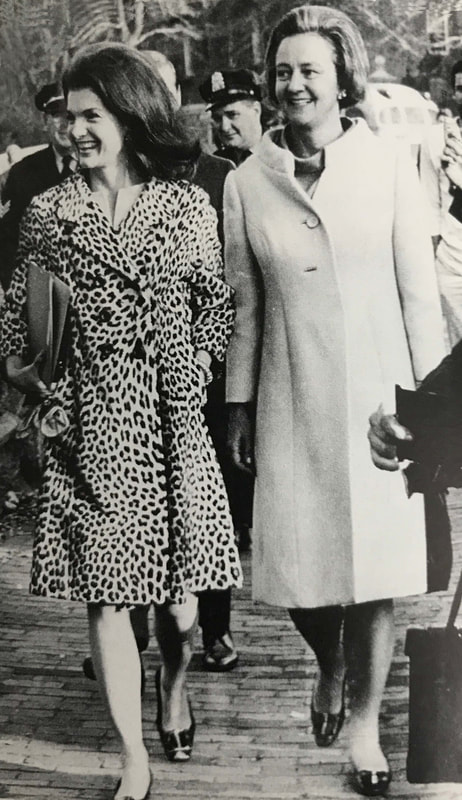
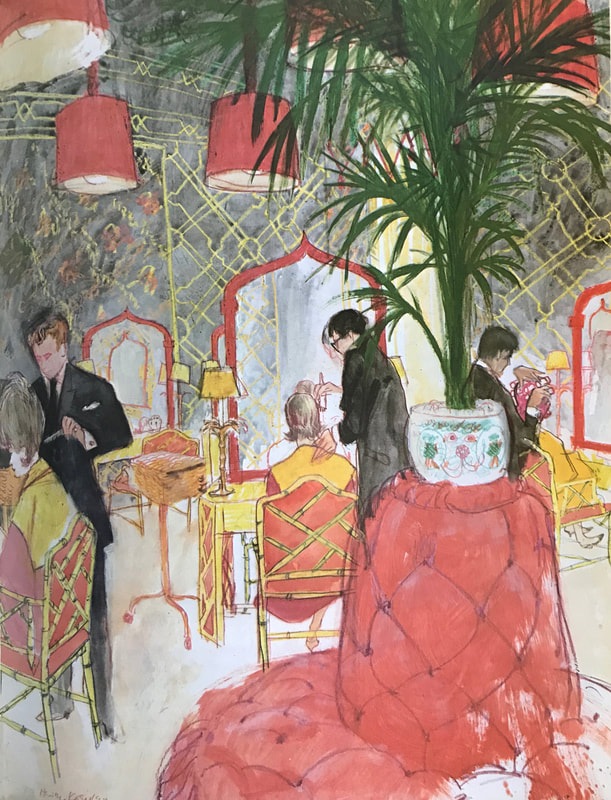
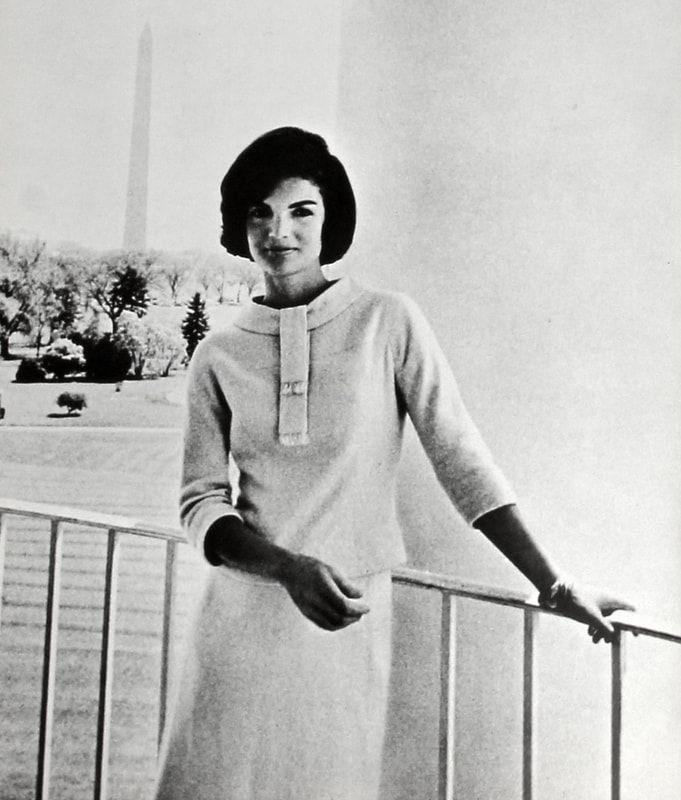
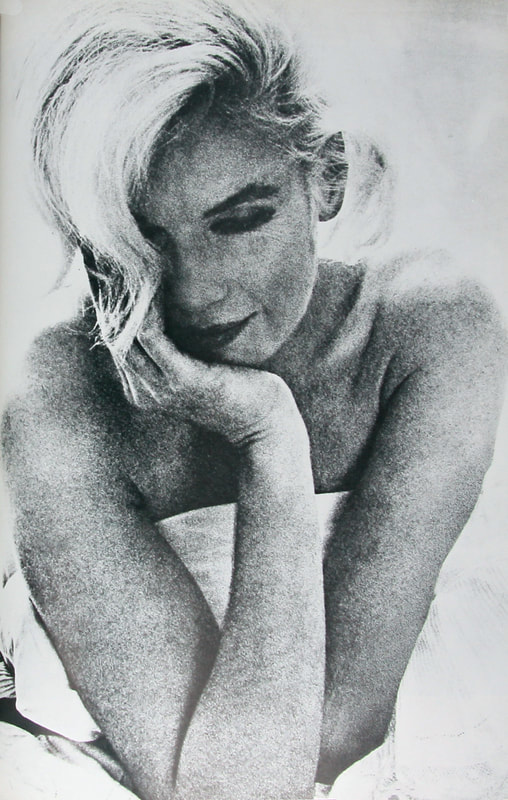
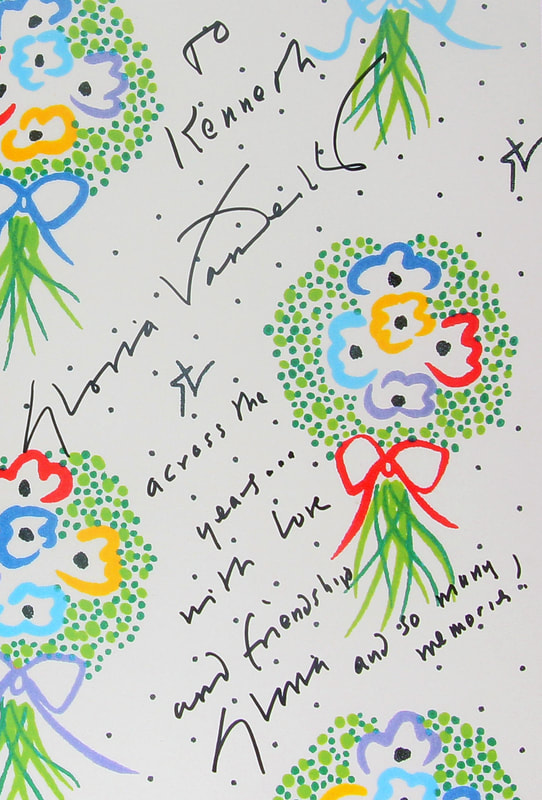
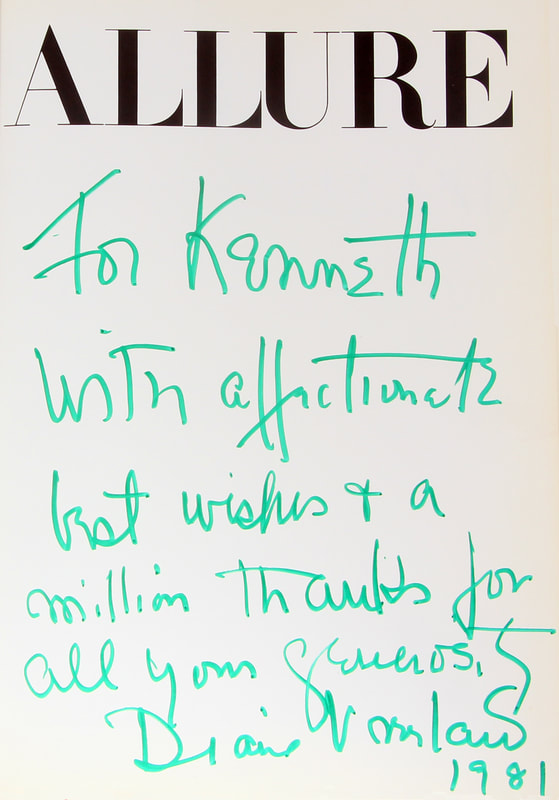
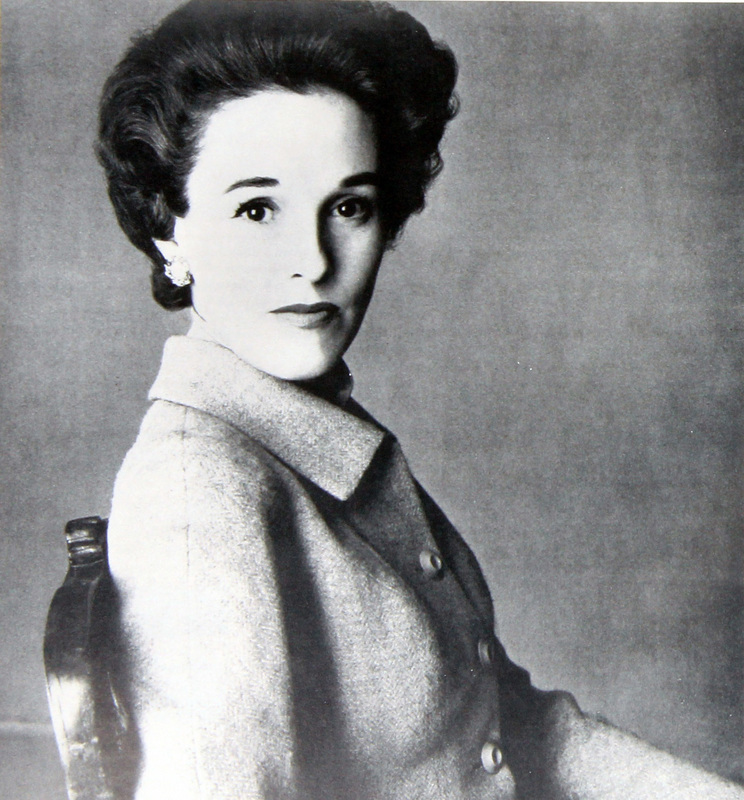
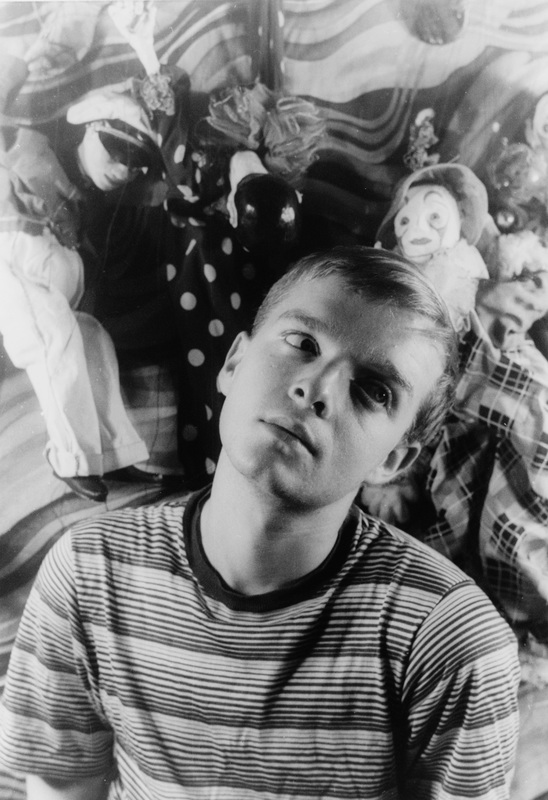
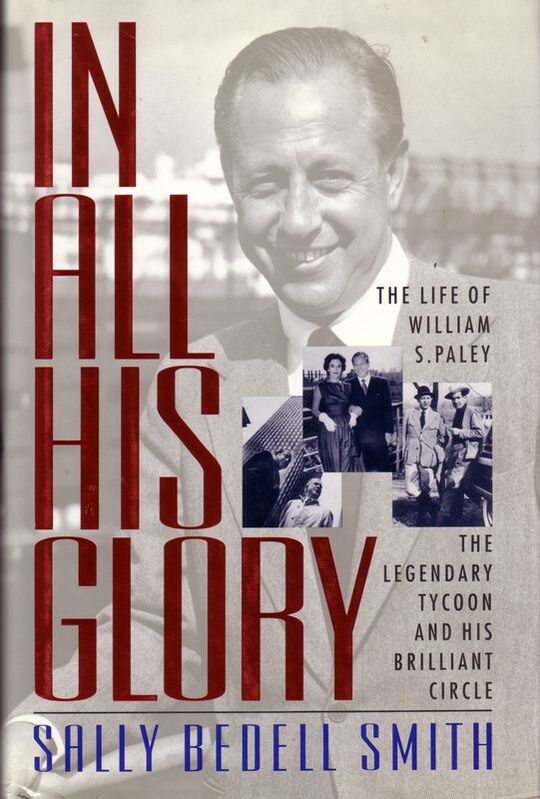
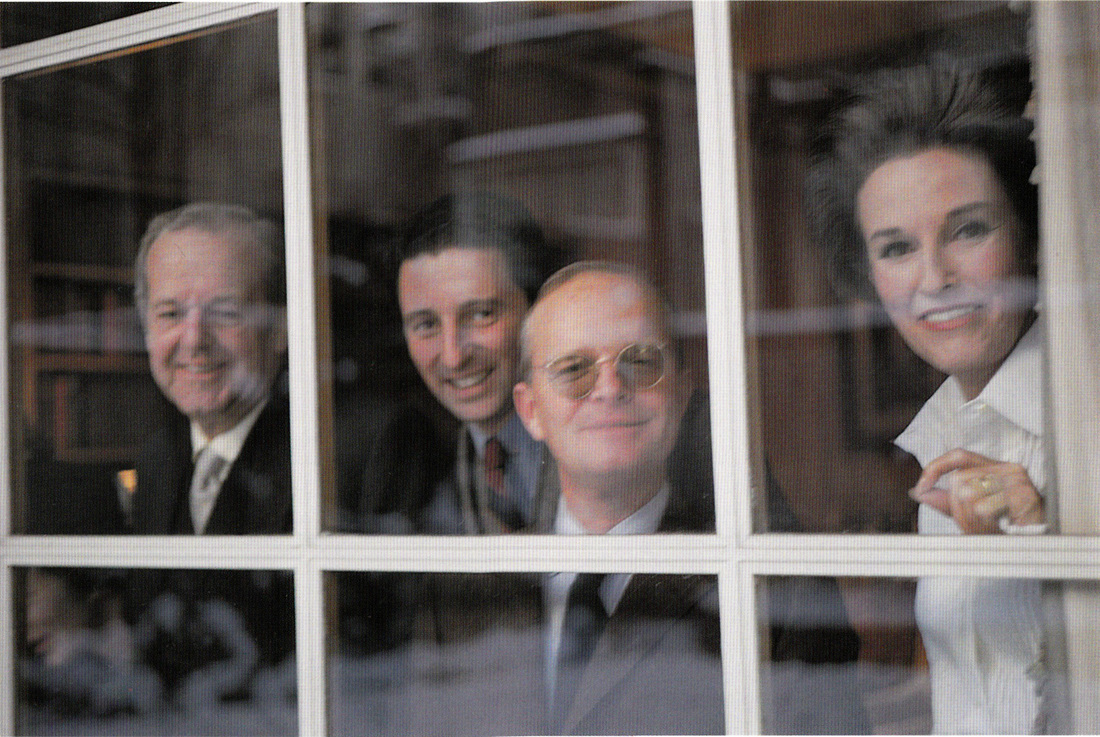
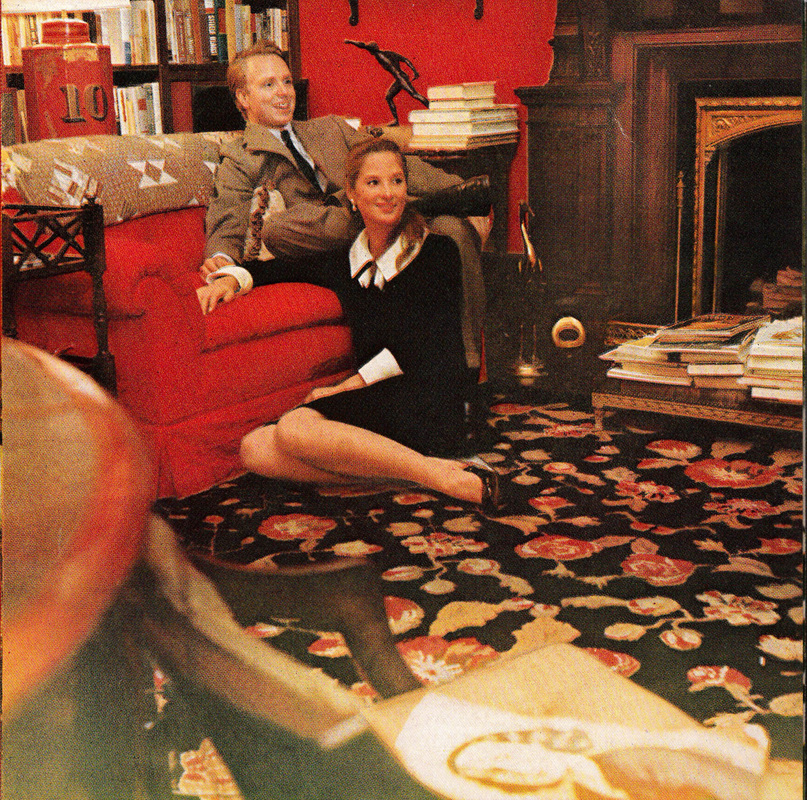
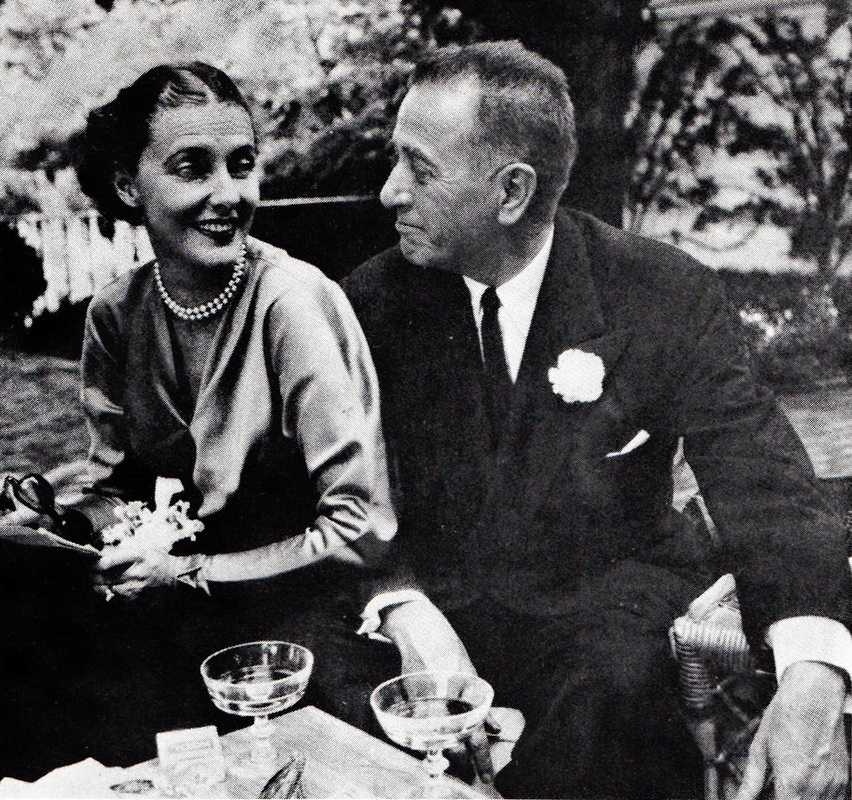
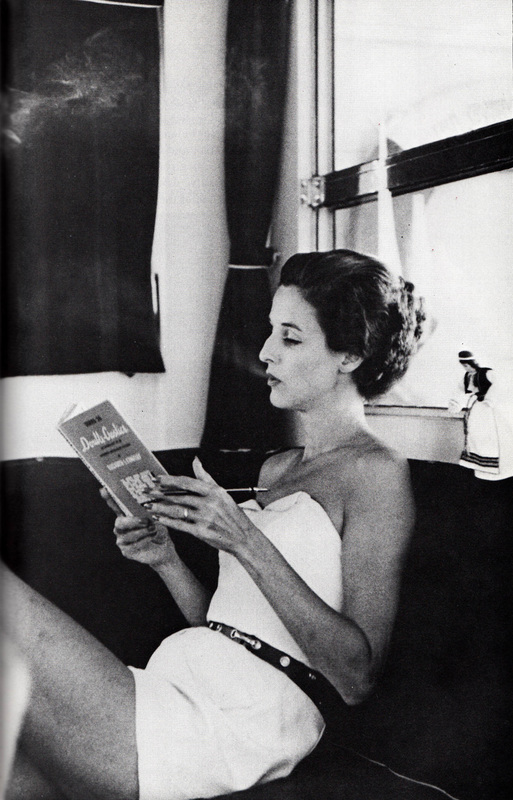
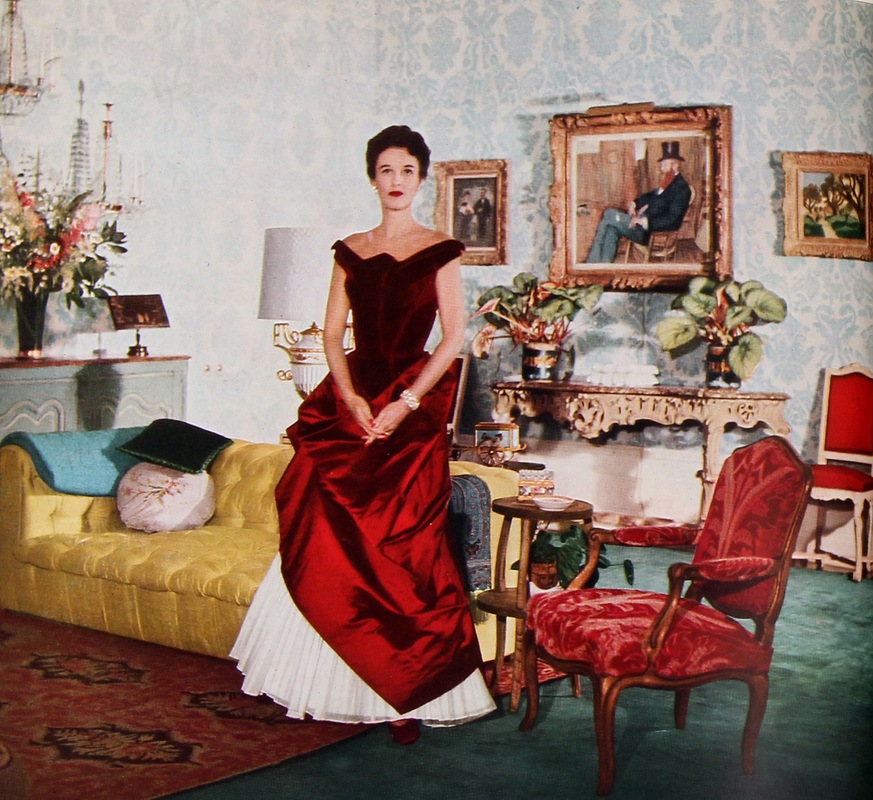
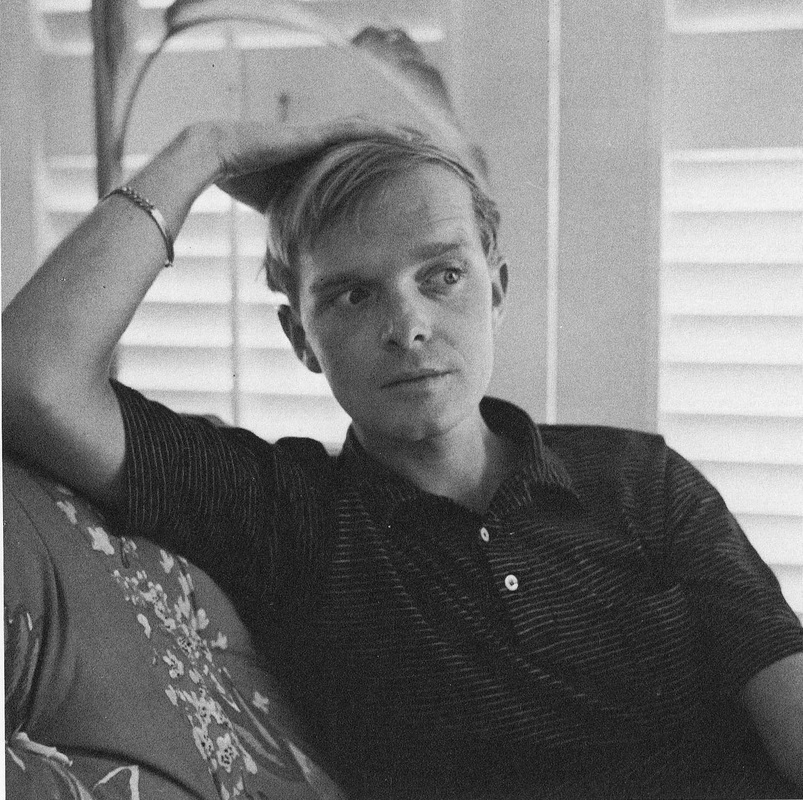
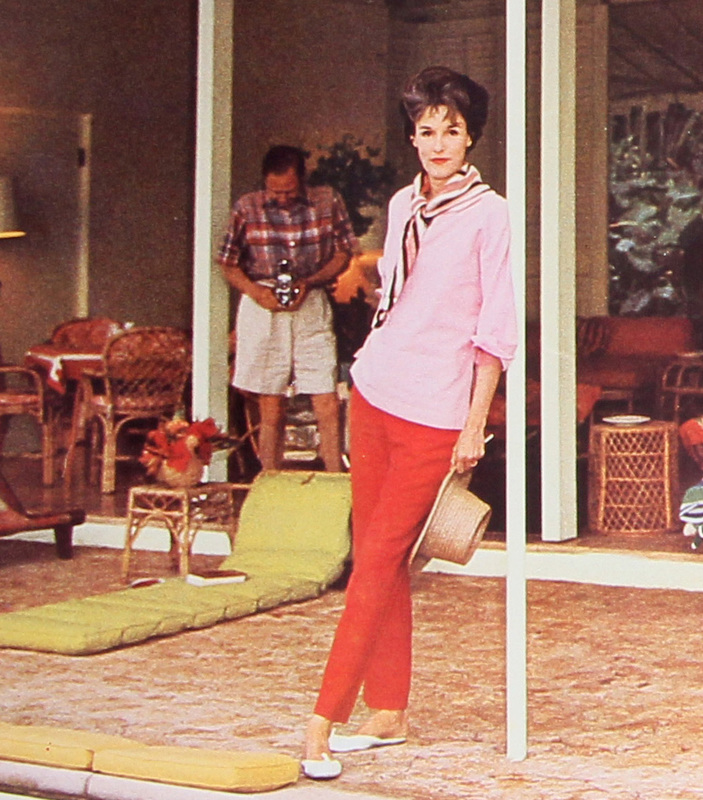
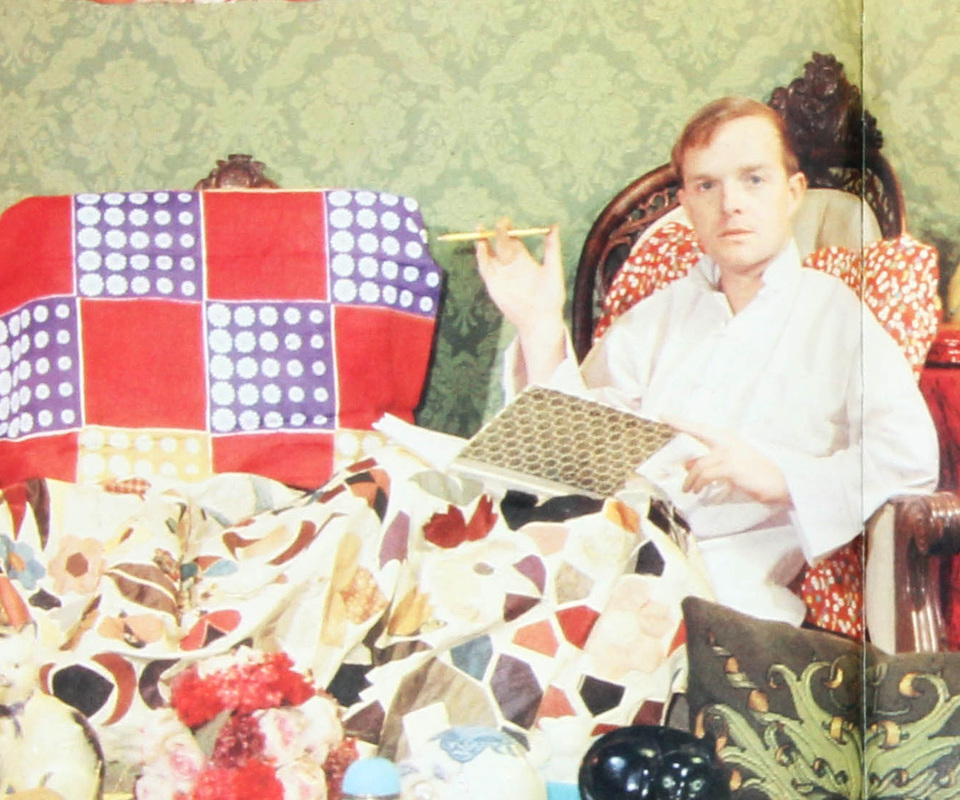
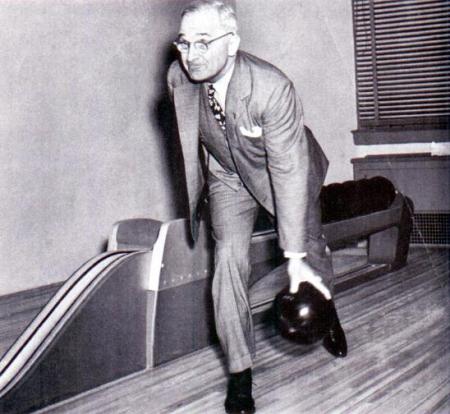
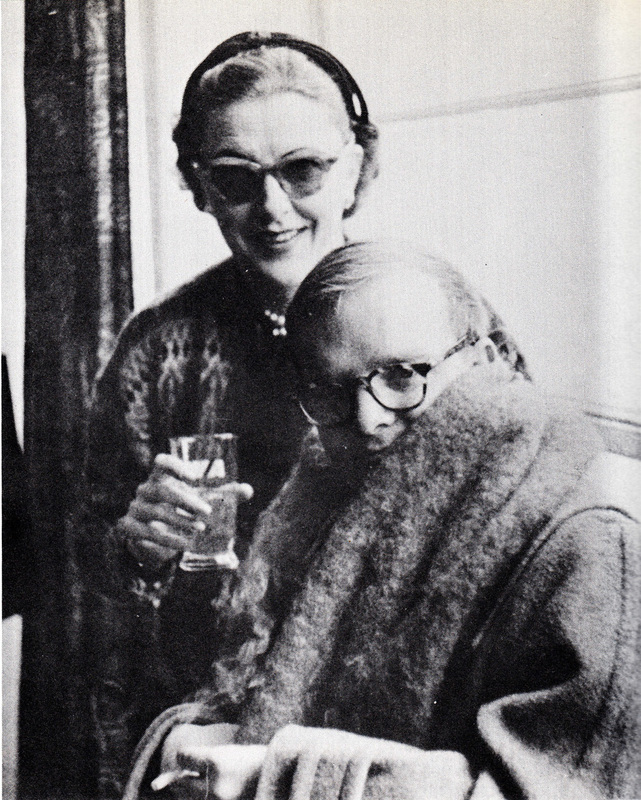
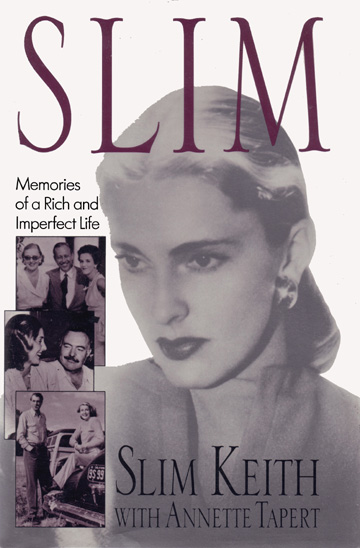
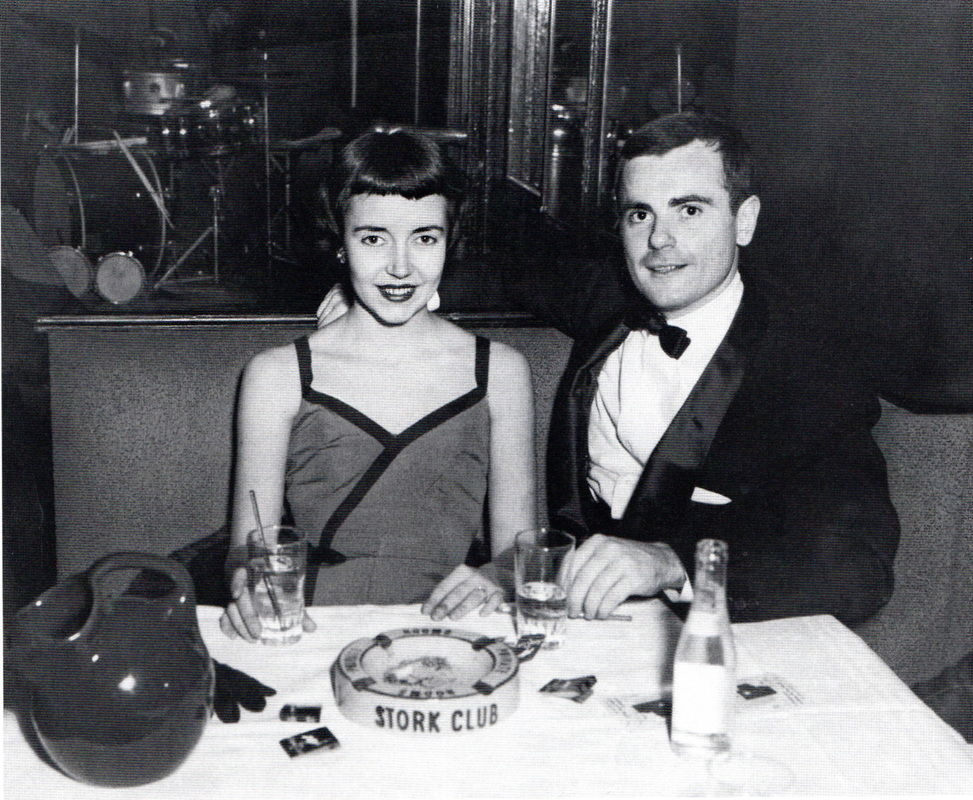
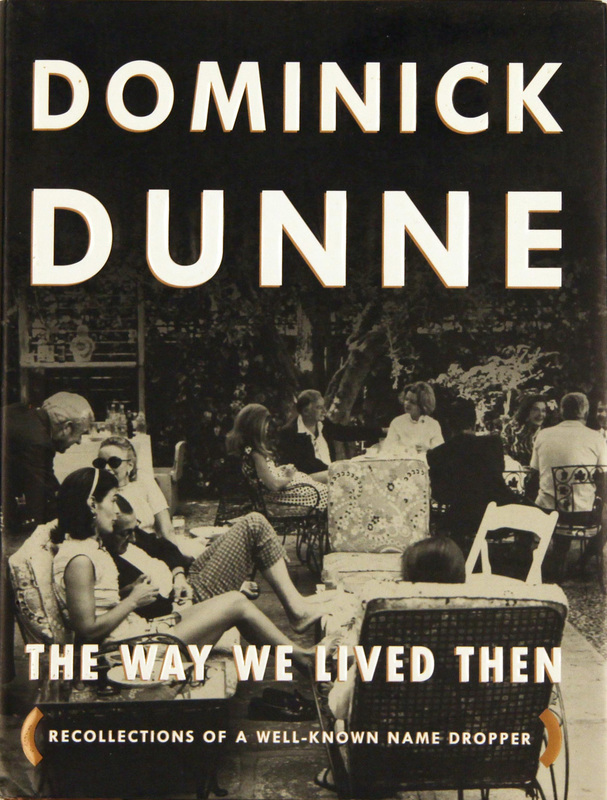
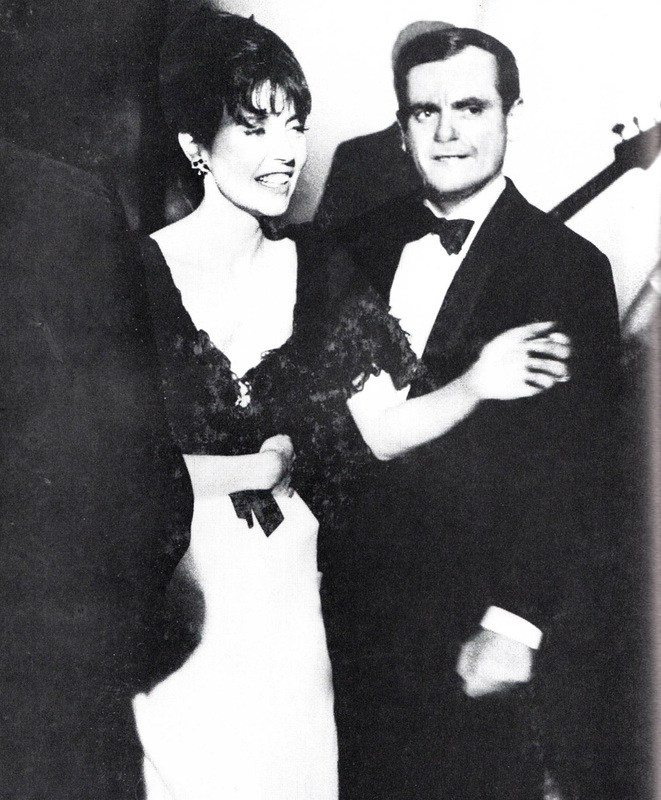
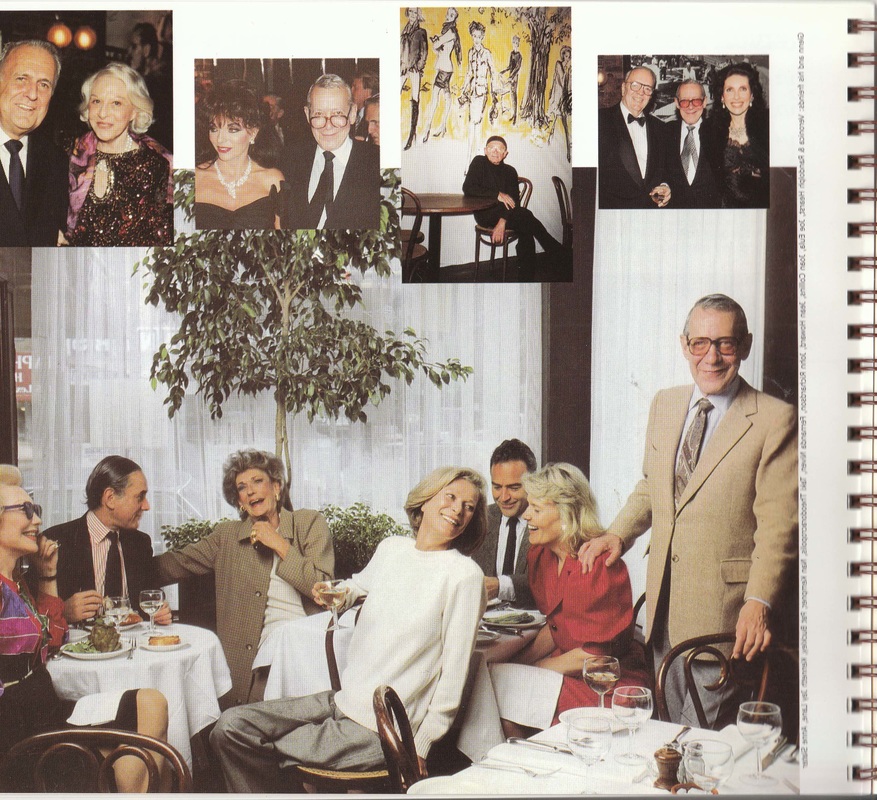
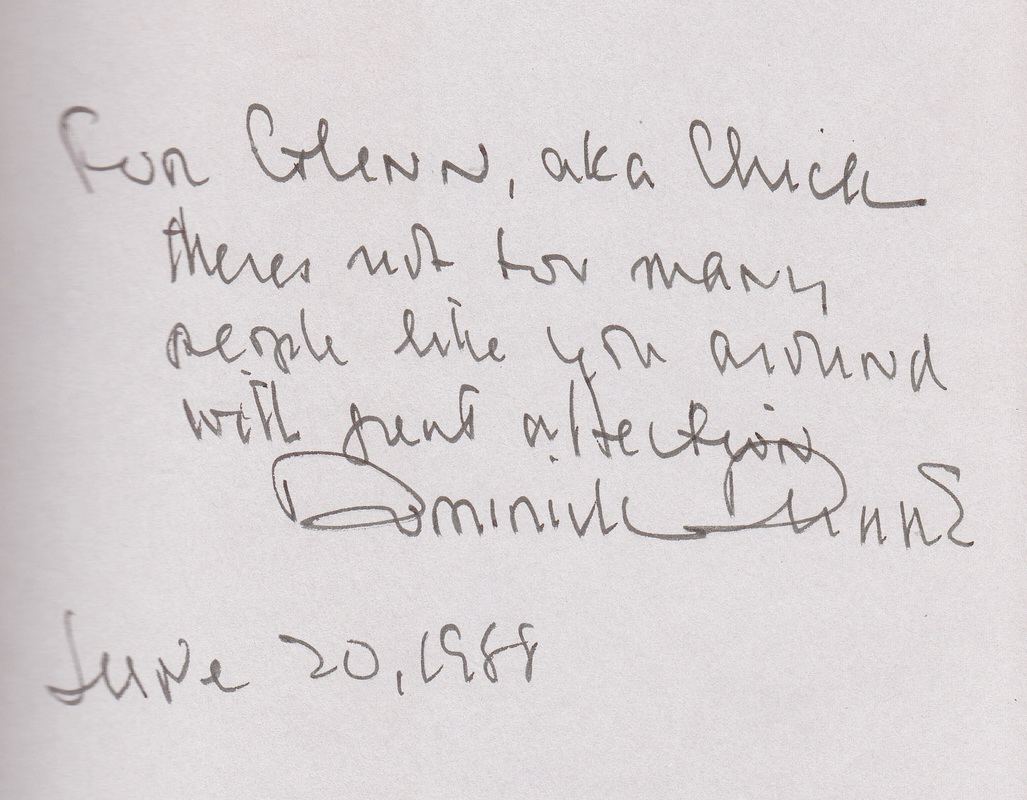
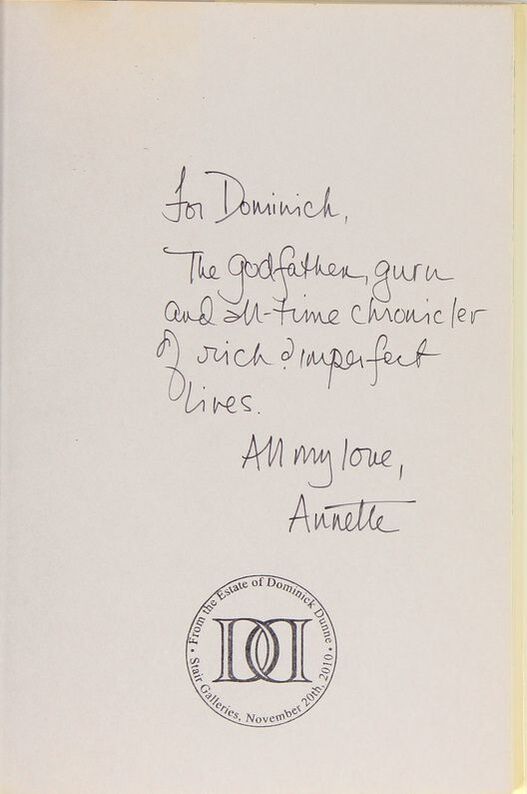
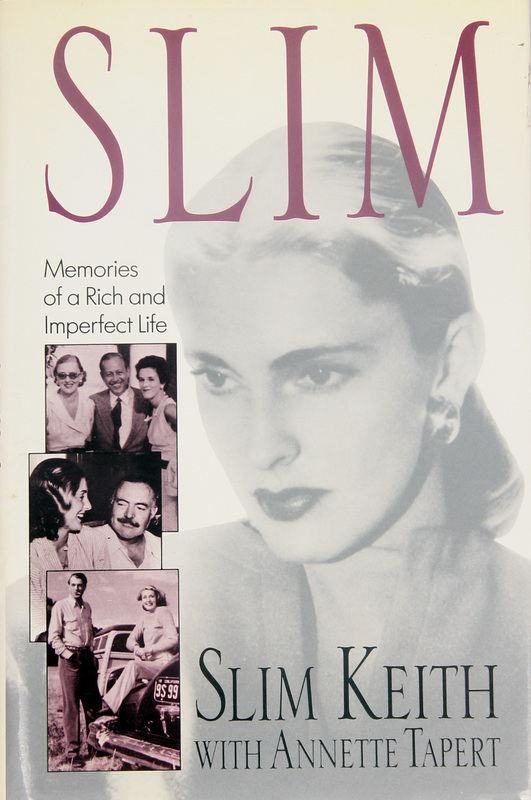
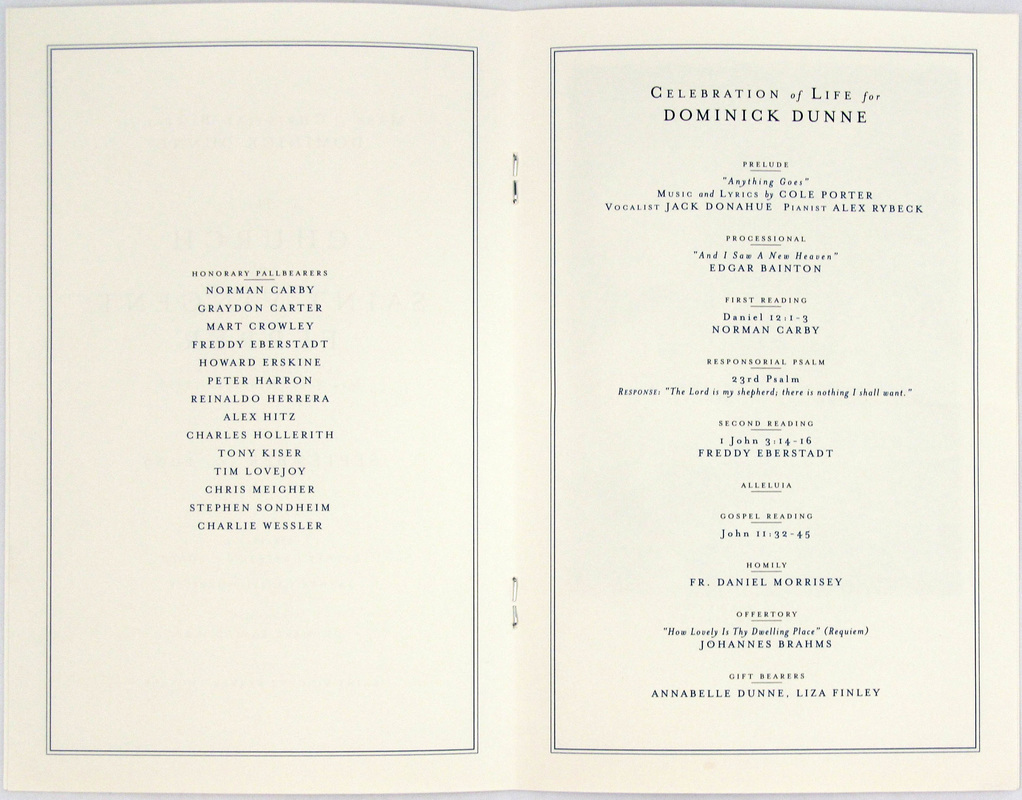
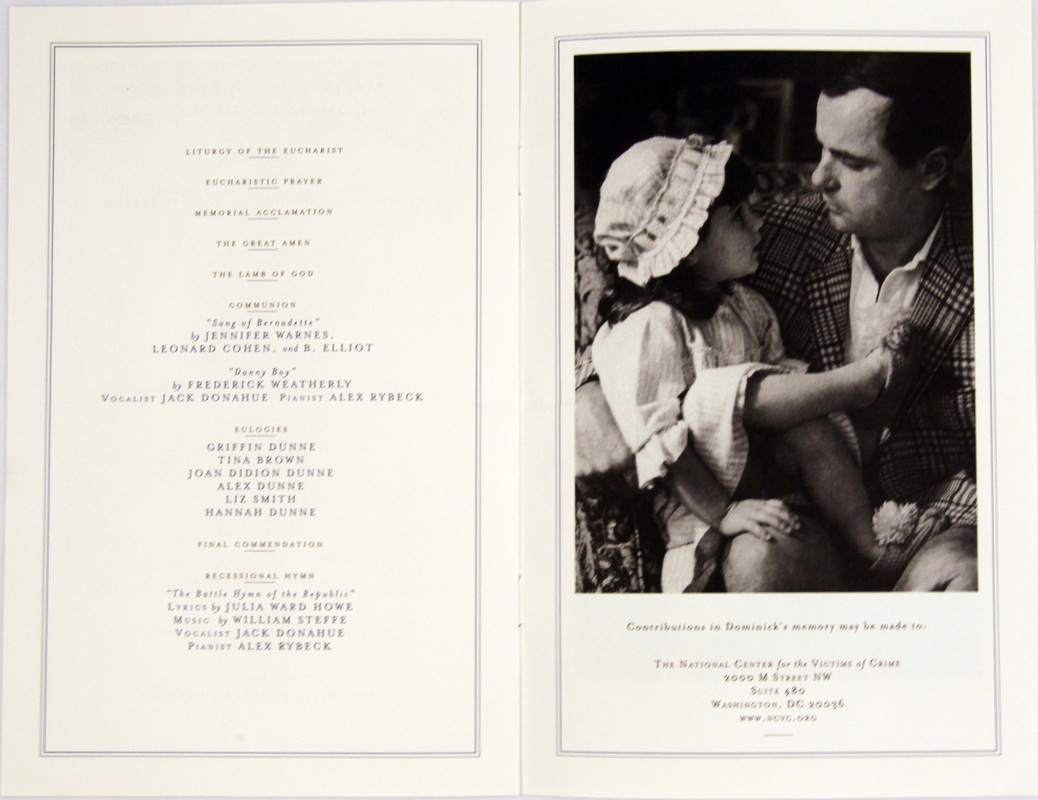
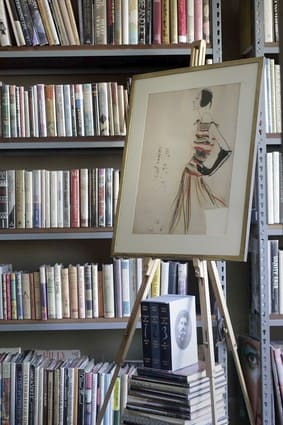
 RSS Feed
RSS Feed